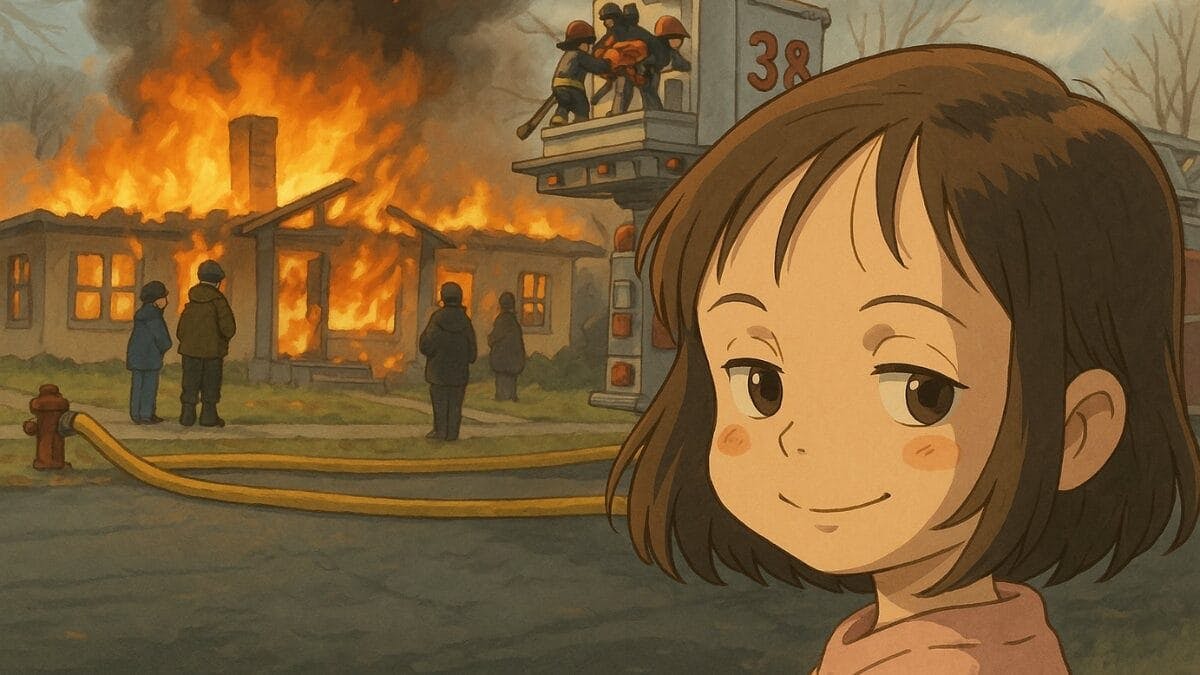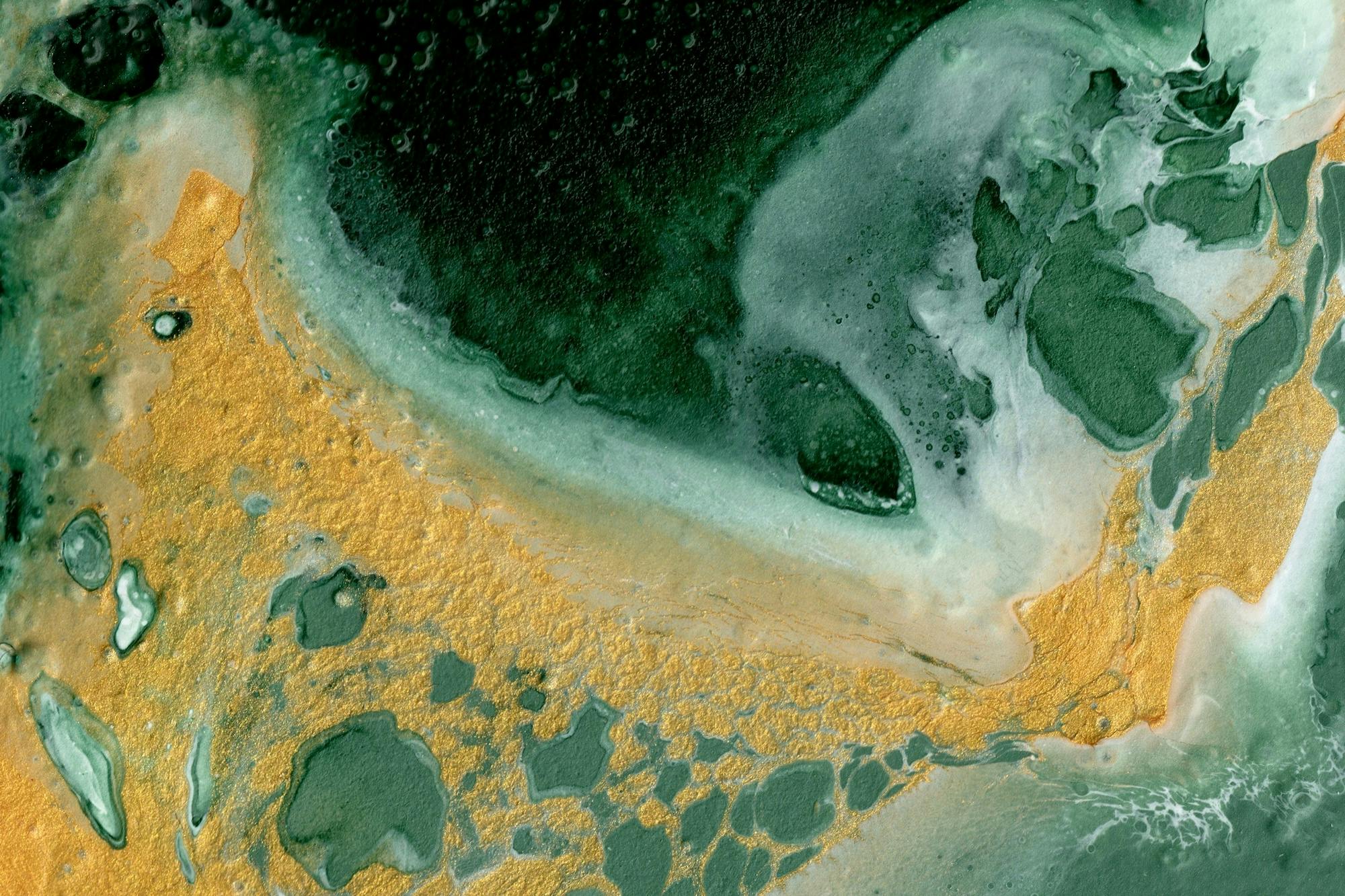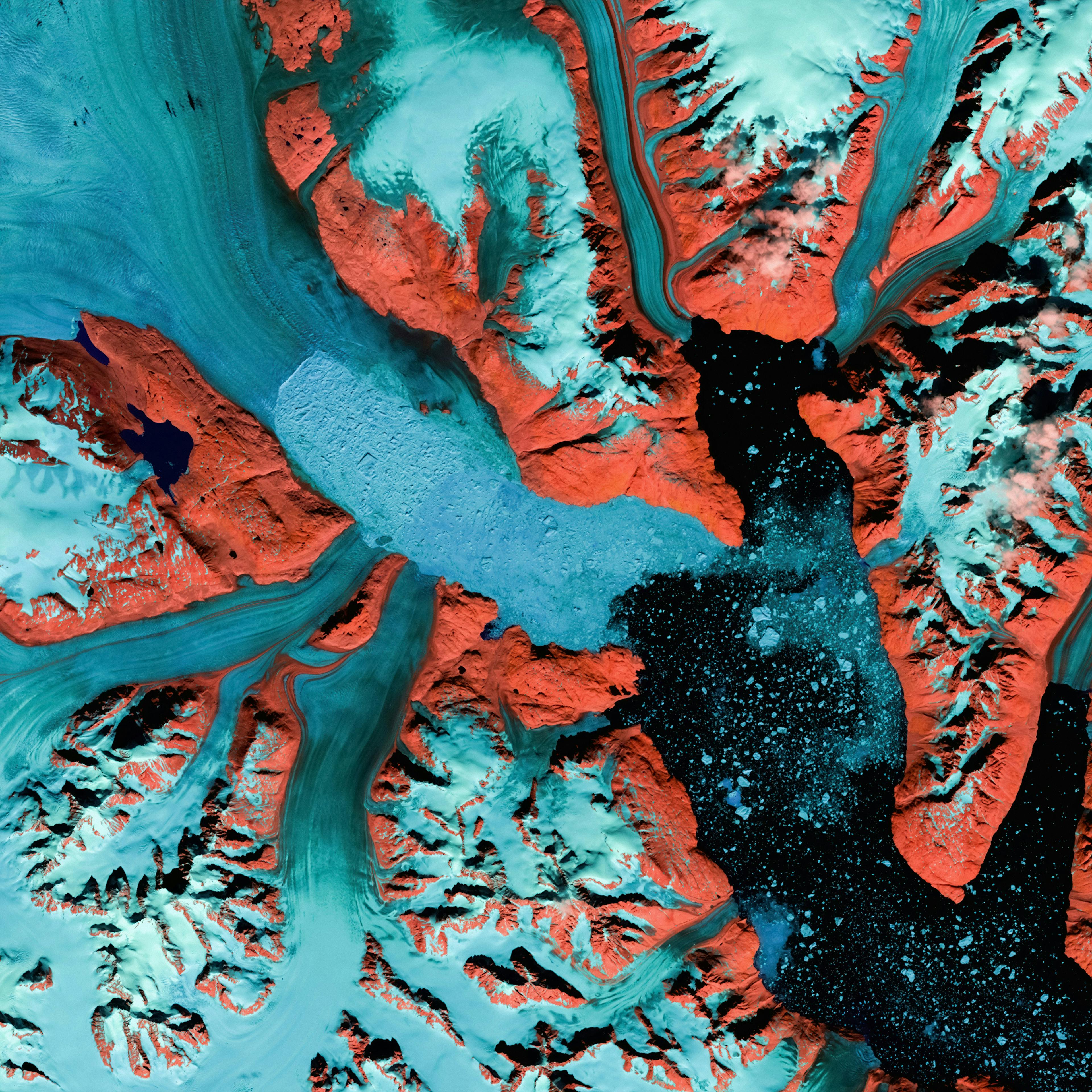
Studio Ghibli: When AI Meets Artistic Legacy

The AI Controversy
In just 24 hours, OpenAI’s latest image generation tool triggered a social media storm by effortlessly recreating the iconic Studio Ghibli aesthetic. From Elon Musk to “The Lord of the Rings” characters, users flooded platforms with AI-generated images mimicking the studio’s distinctive style — a style cultivated over decades by legendary animators like Hayao Miyazaki.
Studio Ghibli’s aesthetic is more than just an art style — it’s a carefully crafted visual language characterized by ethereal landscapes that blend reality and fantasy, with watercolor-like textures, intricate hand-drawn details, and emotional depth in character expressions.
OpenAI claims that their model prevents the replication of “individual living artists” styles. Yet, they permit the recreation of “broader studio styles”. This creates a murky legal and ethical boundary, especially for studios like Ghibli where individual artists (like Miyazaki) are intrinsically linked to the studio’s visual identity.
In a recent TechCrunch article, intellectual property lawyer Evan Brown described the complex legal landscape of copyright law in the age of AI. Because style itself is not explicitly protected by copyright, OpenAI cannot be held liable of copyright infringement for generating images in the style of Ghibli. However, using copyrighted images in the training data is more contentious. On the one hand, it is unclear whether training an AI model with copyrighted content might fall under fair use exemptions. On the other hand, if the output of the model were to be substantially similar to some of the input images in the training dataset, there may be a legitimate claim for copyright infringement.
Because style itself is not explicitly protected by copyright, OpenAI cannot be held liable of copyright infringement for generating images in the style of Ghibli. However, using copyrighted images in the training data is more contentious.
In order to evaluate the potential liability of Open AI, it is thus necessary to assess whether OpenAI did train its model on millions of Ghibli film frames, and the extent to which such training on these copyrighted works constitute fair use — which also involve assessing whether the relevant artists have been fairly compensated for their distinctive efforts.
Indeed, the ability of OpenAI’s model to rapidly replicate Studio Ghibli’s aesthetic raises significant economic concerns, which is not limited to the devaluation of original artworks when AI-generated alternatives become widely available, but also extends to the potential loss of licensing revenue for studios as their distinctive styles become freely reproducible. The result might be a reduction of incentives for investment in developing unique artistic approaches, which might significant affect smaller studios and independent artists who rely on distinctive visual styles. As a result, while technology companies significantly profit from these AI models, the original creators whose work trained these systems may see diminishing returns on their artistic investments. This economic imbalance threatens the sustainability of traditional animation studios and may reduce stylistic diversity in the industry over time.
The Human Element
But while AI can generate Ghibli-like images, it cannot replicate the emotional storytelling, the nuanced character development, the philosophical depth of Miyazaki’s work and the cultural context that informs his work. Because Miyazaki’s works aren’t just visually distinctive — they’re deeply embedded in Japanese cultural traditions, environmental philosophy, and post-war societal reflection. The aesthetic choices in films like “Princess Mononoke” or “Spirited Away” emerge from specific cultural touchpoints including Shinto animism, Japanese folklore, and the country’s complex relationship with industrialization and nature.
These cultural elements inform seemingly simple visual decisions: the reverence shown to elderly characters reflects Japanese respect for age and wisdom; the detailed portrayal of food preparation celebrates daily rituals; the architectural designs blend traditional Japanese structures with European influences that entered Japan during the Meiji period. Even the way characters move through space — the thoughtful pauses, the attention to mundane activities — embodies concepts like “ma” (negative space) and “mono no aware” (the pathos of things) that are fundamental to Japanese aesthetics.
Besides, Ghibli’s art is inseparable from Japan’s post-war identity and Miyazaki’s experiences growing up during this transformative period. His father’s work in the aviation industry during wartime directly influenced the complex portrayal of flight and technology throughout his films — at once celebratory and cautionary. The environmental themes reflect both ancient Shinto beliefs about nature spirits and modern Japanese reckoning with rapid industrialization.
AI systems, regardless of their technical sophistication, lack the lived experience that generates these cultural resonances. They can mimic the visual patterns but cannot authentically participate in the cultural dialogue that produced these works. Without understanding the historical trauma, cultural celebrations, and philosophical traditions that Miyazaki draws upon, AI-generated “Ghibli-style” images remain surface-level imitations divorced from the profound cultural context that gives the original work its emotional weight and significance.
As AI becomes more sophisticated, we must reimagine the relationship between human creativity and machine learning. The goal is not to restrict AI, but to ensure it becomes a tool that respects and elevates human artistic expression. This requires intentional design choices that prioritize human agency and creative contribution. Rather than positioning AI as a replacement for human artists or as a shortcut to mimicking established styles, we should envision AI systems that function as collaborative partners — tools that expand creative possibilities while preserving the essential human elements of art.
This requires developing AI frameworks that explicitly attribute and compensate artists whose styles influence the technology. For instance, with Alias.studio, we have created a systems that require meaningful human input and direction rather than merely generating outputs from simple prompts. Alias.studio is a co-creative interface where artists can use AI to explore variations of their own styles, overcome technical barriers, or generate novel starting points that they then refine and imbue with personal meaning.
AI Rights Management: Navigating the Copyright Minefield of Creative AI
Despite all this, the viral sensation of AI-generated Studio Ghibli-style images has brought a critical question into the spotlight: How do we protect creative rights in the age of generative AI?
The challenge of balancing artistic integrity with technological innovation requires thoughtful solutions that protect creators while enabling progress. What emerges from this tension is the need for a comprehensive AI Rights Management framework that can address the complex intersection of art, technology, and ownership.
First, it must protect original creators by ensuring artists receive fair compensation when their styles contribute to AI training or inspire AI-generated content. This protection acknowledges that artistic styles represent significant intellectual investments deserving recognition.
Second, effective rights management must enable continued innovation by providing clear guidelines that remove legal uncertainty. With established boundaries, AI developers can confidently push creative boundaries without fear of unexpected liability.
Third, this framework should create new revenue streams through licensing models where content creators can monetize their stylistic signatures — transforming what is currently an extraction of value into a mutually beneficial exchange.
The Alias.studio Solution
1. Attribution and Certification
Attribution on Alias.studio represents more than mere acknowledgment — it maintains the crucial connection between creators and their work. Artists and creators build their own generative AI models, and can certify it to ensure that the outputs of the model are consistent and coherent with their own artistic style. This system makes it possible to preserve artistic lineage while educating users about the human creativity that underlies even AI-generated works.
2. Licensing and Royalty system
The current opacity around how AI systems are trained creates both legal uncertainty and ethical concerns. Alias.studio implements transparent licensing requiring users to secure acquire proper authorization before using distinctive artistic styles. This approach creates clear revenue streams for artists and studios, acknowledging their creative contributions while providing users with more legal certainty. As such, the Alias.studio platform simplify compliance while ensuring fair compensation reaches creators, similar to how music licensing works across streaming platforms.
The Path Forward: Balancing Innovation and Creative Rights
The rapid advancement of AI image generation has created a technological frontier that often resembles the Wild West — a place of tremendous opportunity but limited governance. As we’ve seen with the Studio Ghibli case, this unregulated space can lead to tensions between technological progress and artistic legacy. Yet the path forward isn’t about restricting AI’s creative potential but rather channeling it through frameworks that respect the foundation upon which it builds.
Creating a Sustainable Ecosystem
Effective AI Rights Management isn’t about stopping innovation; it’s about creating a fair ecosystem where technology and creativity can coexist and mutually benefit. This ecosystem requires a collaborative approach that simultaneously:
- Respects the intellectual property of creators by acknowledging the years of dedication behind distinctive artistic styles and ensuring appropriate compensation when those styles influence AI development
- Encourages technological innovation by providing clear guidelines that remove legal uncertainty and allow AI developers to confidently explore new creative territories
- Creates new economic opportunities for both artists and AI developers through licensing structures, attribution systems, and new forms of creative collaboration
From Conflict to Collaboration
The tension between traditional artistic creation and AI-generated content represents not an insurmountable conflict but rather a transition phase. Throughout history, new technologies have disrupted creative industries — from photography’s impact on portrait painting to digital tools transforming the music industry. In each case, initial resistance eventually gave way to integration, with the technology becoming another tool in the artist’s arsenal rather than a replacement.
The same evolution is possible with AI image generation. By developing thoughtful frameworks now, we can accelerate this transition from perceived threat to collaborative tool. Artists might leverage AI to explore variations of their own styles, overcome technical limitations, or generate starting points that they then refine with their unique human perspective and intention.
The Imperative for Action
The AI revolution is already here — and with it comes the imperative to develop robust, flexible frameworks that protect creative rights while unleashing unprecedented creative potential. These frameworks must be adaptable enough to evolve alongside the technology they govern, recognizing that today’s solutions may need refinement as AI capabilities continue to advance.
Industry leaders, policymakers, artists, and technologists all have crucial roles to play in this development. By bringing diverse perspectives to the table, we can create systems that balance competing interests and find solutions that serve the broader creative ecosystem rather than any single stakeholder group.
It’s time to transform the Wild West of AI creativity into a structured, equitable landscape — one where the value of human creativity is recognized and preserved even as we embrace the extraordinary possibilities that AI brings to artistic expression. In this transformed landscape, we won’t just be protecting the past; we’ll be laying the groundwork for a future where human and artificial intelligence combine to create art forms we have yet to imagine.



